Xianwei Lv
Large Scale Foundation Models for Intelligent Manufacturing Applications: A Survey
Dec 22, 2023Abstract:Although the applications of artificial intelligence especially deep learning had greatly improved various aspects of intelligent manufacturing, they still face challenges for wide employment due to the poor generalization ability, difficulties to establish high-quality training datasets, and unsatisfactory performance of deep learning methods. The emergence of large scale foundational models(LSFMs) had triggered a wave in the field of artificial intelligence, shifting deep learning models from single-task, single-modal, limited data patterns to a paradigm encompassing diverse tasks, multimodal, and pre-training on massive datasets. Although LSFMs had demonstrated powerful generalization capabilities, automatic high-quality training dataset generation and superior performance across various domains, applications of LSFMs on intelligent manufacturing were still in their nascent stage. A systematic overview of this topic was lacking, especially regarding which challenges of deep learning can be addressed by LSFMs and how these challenges can be systematically tackled. To fill this gap, this paper systematically expounded current statue of LSFMs and their advantages in the context of intelligent manufacturing. and compared comprehensively with the challenges faced by current deep learning models in various intelligent manufacturing applications. We also outlined the roadmaps for utilizing LSFMs to address these challenges. Finally, case studies of applications of LSFMs in real-world intelligent manufacturing scenarios were presented to illustrate how LSFMs could help industries, improve their efficiency.
DeepMerge: Deep Learning-Based Region-Merging for Image Segmentation
May 31, 2023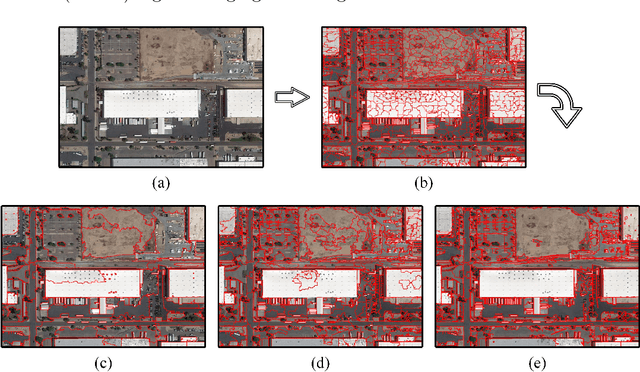
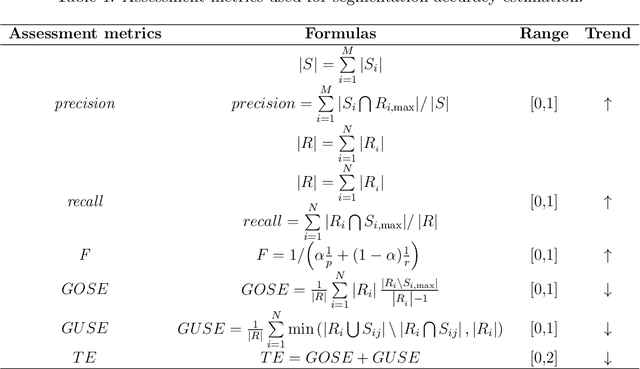
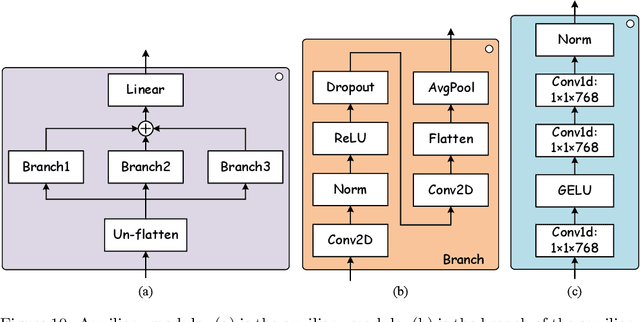
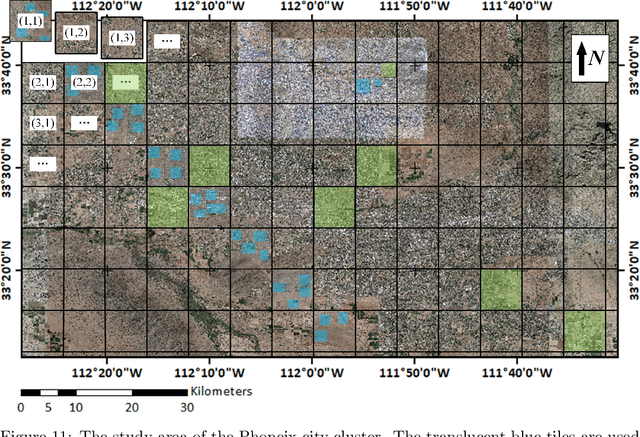
Abstract:Accurate segmentation of large areas from very high spatial-resolution (VHR) remote sensing imagery remains a challenging issue in image analysis. Existing supervised and unsupervised methods both suffer from the large variance of object sizes and the difficulty in scale selection, which often result in poor segmentation accuracies. To address the above challenges, we propose a deep learning-based region-merging method (DeepMerge) to handle the segmentation in large VHR images by integrating a Transformer with a multi-level embedding module, a segment-based feature embedding module and a region-adjacency graph model. In addition, we propose a modified binary tree sampling method to generate multi-level inputs from initial segmentation results, serving as inputs for the DeepMerge model. To our best knowledge, the proposed method is the first to use deep learning to learn the similarity between adjacent segments for region-merging. The proposed DeepMerge method is validated using a remote sensing image of 0.55m resolution covering an area of 5,660 km^2 acquired from Google Earth. The experimental results show that the proposed DeepMerge with the highest F value (0.9446) and the lowest TE (0.0962) and ED2 (0.8989) is able to correctly segment objects of different sizes and outperforms all selected competing segmentation methods from both quantitative and qualitative assessments.
GLSD: The Global Large-Scale Ship Database and Baseline Evaluations
Jun 05, 2021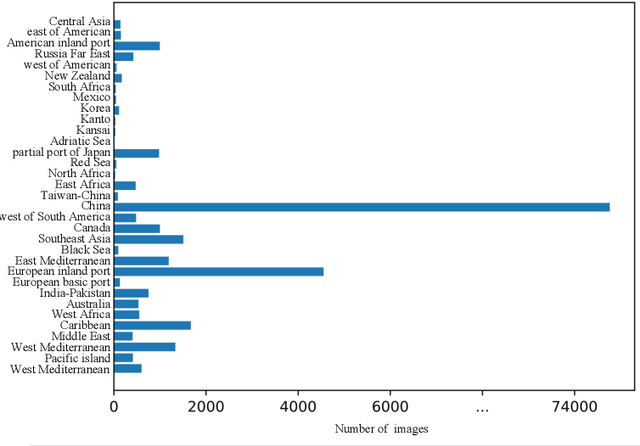
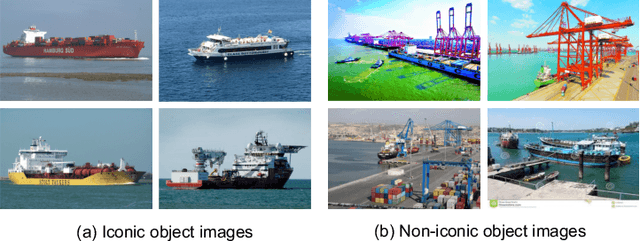
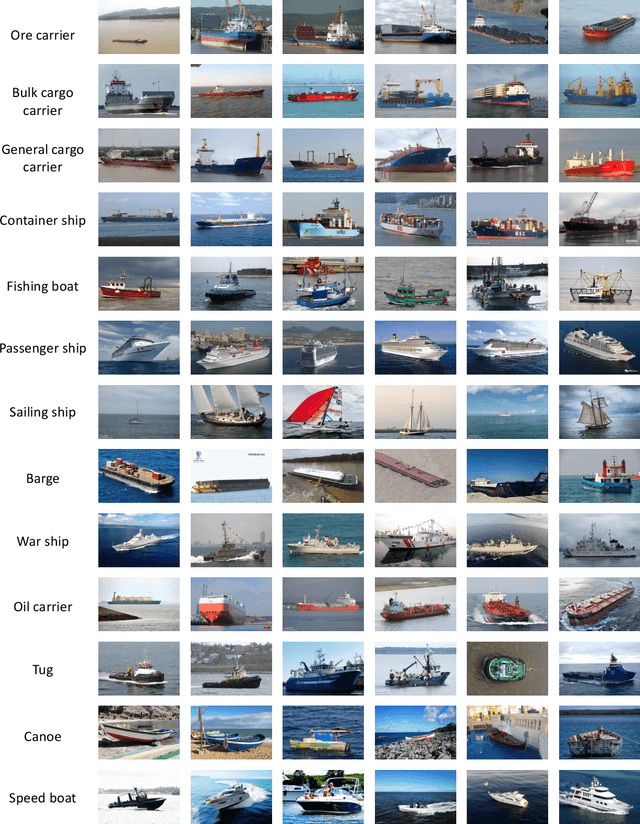
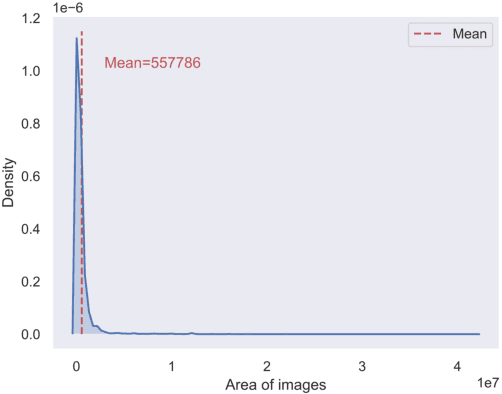
Abstract:In this paper, we introduce a challenging global large-scale ship database (called GLSD), designed specifically for ship detection tasks. The designed GLSD database includes a total of 140,616 annotated instances from 100,729 images. Based on the collected images, we propose 13 categories that widely exists in international routes. These categories include sailing boat, fishing boat, passenger ship, war ship, general cargo ship, container ship, bulk cargo carrier, barge, ore carrier, speed boat, canoe, oil carrier, and tug. The motivations of developing GLSD include the following: 1) providing a refined ship detection database; 2) providing the worldwide researchers of ship detection and exhaustive label information (bounding box and ship class label) in one uniform global database; and 3) providing a large-scale ship database with geographic information (port and country information) that benefits multi-modal analysis. In addition, we discuss the evaluation protocols given image characteristics in GLSD and analyze the performance of selected state-of-the-art object detection algorithms on GSLD, providing baselines for future studies. More information regarding the designed GLSD can be found at https://github.com/jiaming-wang/GLSD.
 Add to Chrome
Add to Chrome Add to Firefox
Add to Firefox Add to Edge
Add to Edge